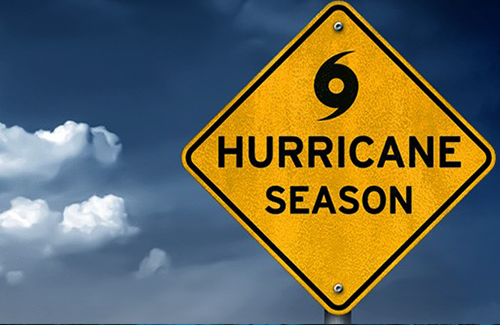According to the National Oceanic and Atmospheric Administration (NOAA), the 2020 hurricane season produced 30 named storms—the highest number on record. Of those, 13 became hurricanes—the second highest number recorded. 2020 was also the fifth consecutive year of above-normal hurricane seasons. Given this trend, and increasingly extreme and unpredictable weather, it’s especially important to help clients prepare for the 2021 hurricane season. Here are five tips you can use to start a conversation:
-
Conduct an insurance “checkup” for flood insurance policyholders. Review their current flood insurance coverage, deductibles and ways they could save. Make sure they understand their coverage and discuss whether it’s adequate. Remind them that changes in coverage require 30 days to take effect.
-
Educate clients who don’t yet have flood insurance, helping them understand its importance to protect the lives they’ve built. Explain that flood maps are periodically updated to reflect changes in flood risks and it’s important to stay informed, as properties may go from moderate risk to high risk. Be sure they know that typically a new policy won’t take effect until 30 days following purchase. Explain that if a flood begins before the policy takes effect, resulting damage may be excluded from coverage (a “flood in progress” exclusion).
-
Remind clients to store insurance policy information and other important papers in a safe, accessible location. It’s smart to keep policy details and agent and claims contact information in a watertight container, a safe deposit box, or another secure location outside the home. It’s also helpful to take and keep cellphone photos of the policy number and contract information.
-
Advise clients to develop an emergency preparation plan, including family/household communication, evacuation procedures and routes, and temporary housing for family and pets. Suggest they assemble or update an emergency “go kit” with nonperishable food, water, first aid supplies, medications, clothing, flashlight, and other immediate need.
-
Recommend simple steps to help clients protect their homes, like moving valuables to higher levels, clearing gutters and drains of debris, installing check valves to keep pipes from backflowing, or getting a sump pump with a backup battery to protect the home’s foundation and systems located in the basement or on the ground floor. Remind them that an NFIP flood insurance policy will cover up to $1,000 in reasonable expenses to protect an insured property.
Learn more about preparedness.

